I recently had the chance to take a FAM trip to the Galapagos, with a stopover in Ecuador. While I was excited to see the unique wildlife of the Galapagos that led Charles Darwin to develop the theory of evolution, I was surprised to find myself falling in love with Quito and its surrounding environs. If you’re planning a trip to the Galapagos, be sure to budget plenty of time to see the city, which was designated a UNESCO world heritage site in 1978. I also recommend taking a day or overnight trip to the villages, mountains and rainforests surround the capital.
Get to Know Quito:
The first thing any visitor notices about Quito is the altitude. At 9,000 feet above sea level, you’ll need to spend a day or two getting acclimated. I found myself getting winded and moving slowly, especially when climbing stairs.
Experts say the best way to adjust to the altitude is to walk around gently, drink plenty of water and avoid alcohol completely for the first 24 hours. The altitude also means that Quito gets cold. Despite being on the Equator, the city maintains a remarkably consistent temperature in the 40s-60s year round. If you’re packing for a trip in the Galapago’s Pacific heat, be sure to bring a jacket and long pants for Quito.
The second thing visitors experience is Quito’s Old City. Despite being a UNESCO world heritage site, the Old City remains the walkable heart of an active, vibrant metropolis. Full of stores, restaurants and businesses, it’s entirely possible to blend in and not look like a tourist. Unless you’re travelling for business, I recommend avoiding the international hotel chains in the newer parts of the city and staying in a boutique hotel in the Old City. I particularly enjoyed the Casa Gangotena, which was built in a former mansion on the city’s central plaza.
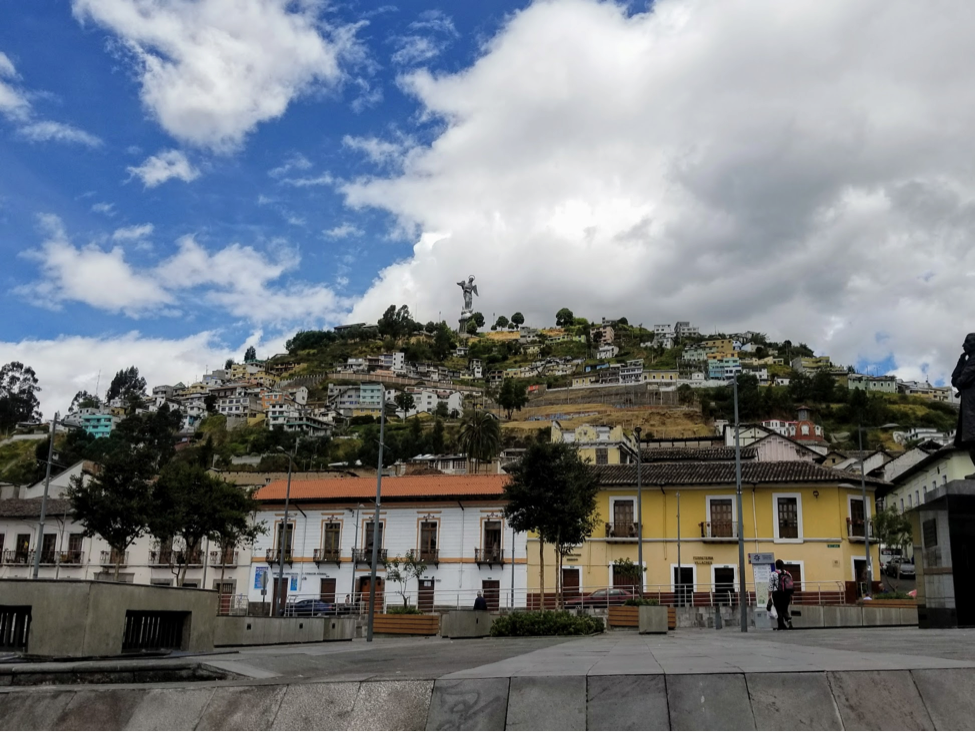
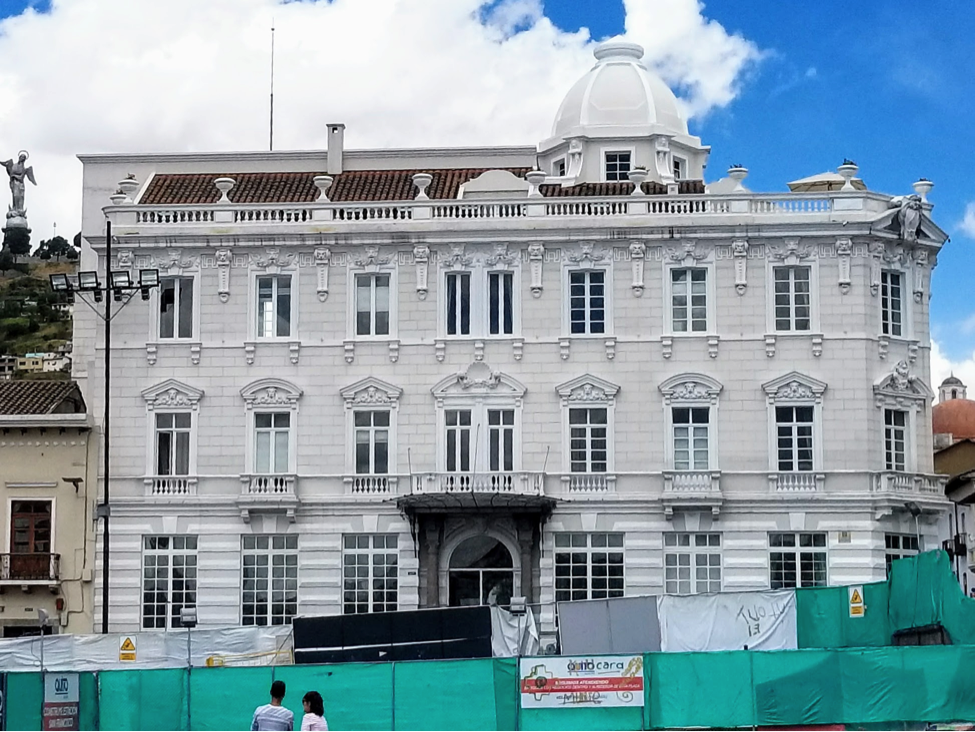
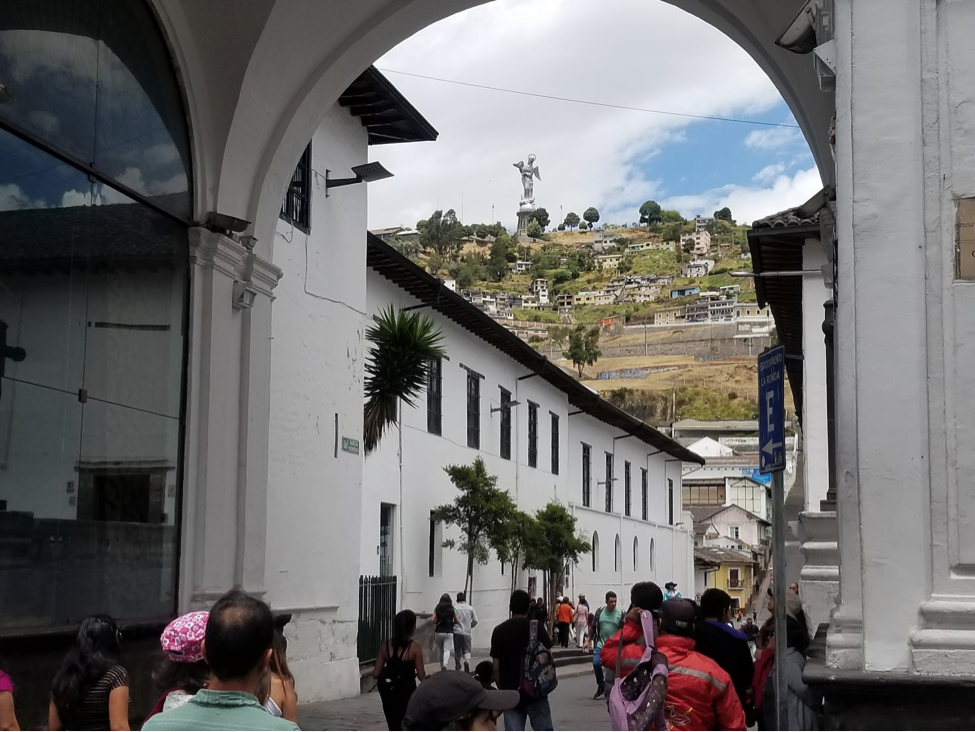
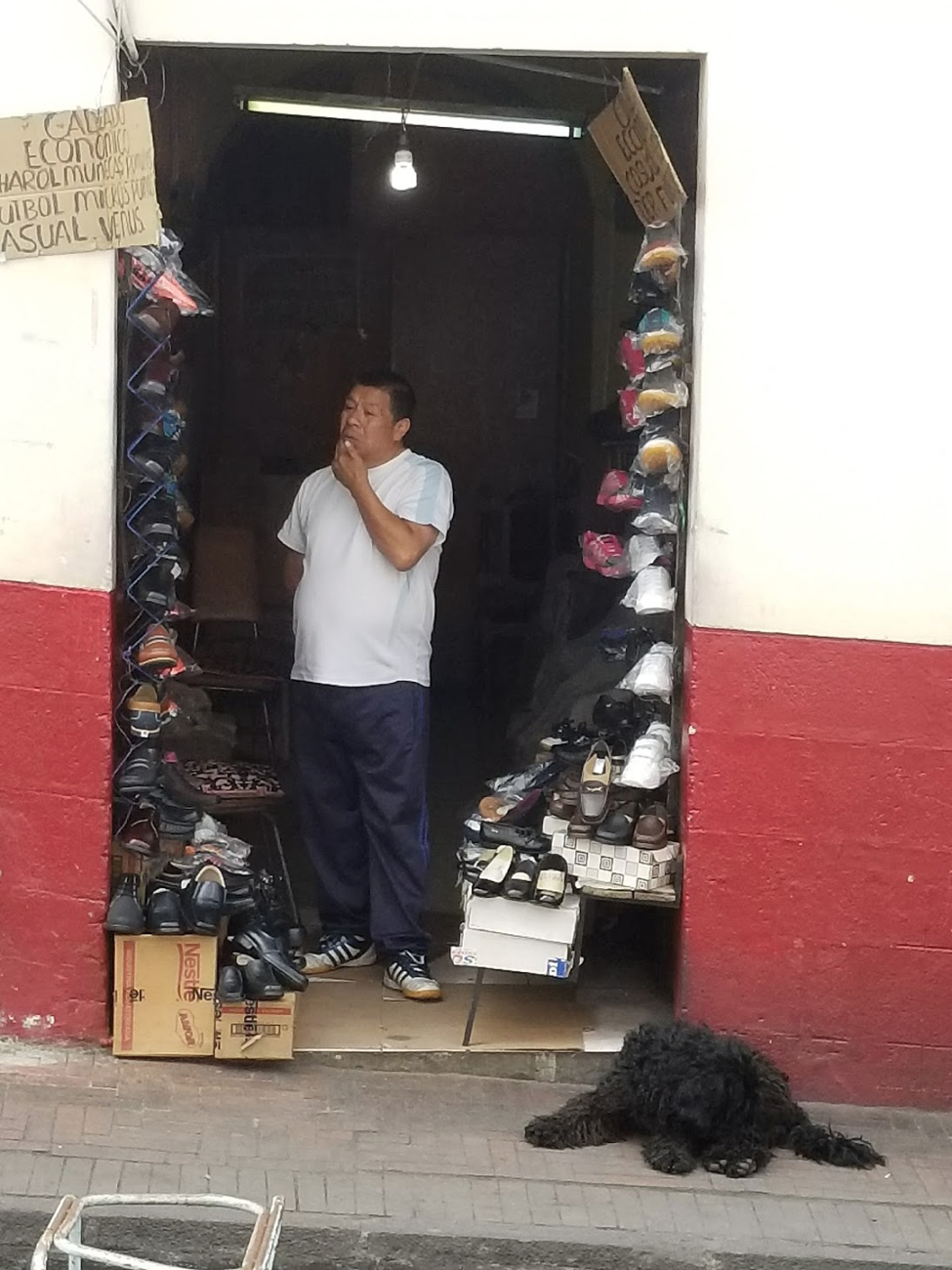
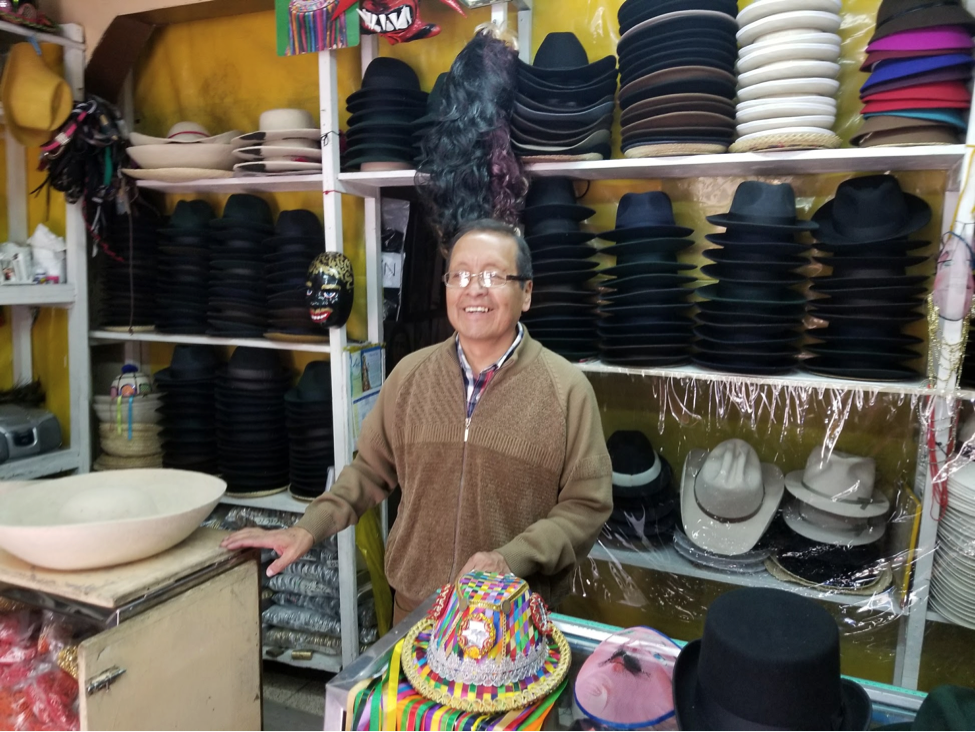
Day Trip from Quito - Otavalo Market
Two hours Northeast of Quito, the town of Otavalo hosts the largest open-air artisan market in the Americas. Like the Old City, the market is still a functional, practical venue for Ecuadorians looking for clothing, housewares and hardware, as well as being a draw for tourists. Wednesday and Saturday are the busiest days, with weaving and crafting demonstrations. Saturday mornings also feature the legendary animal markets, where you can buy everything from Guinea Pigs to Llamas for food, fur or friendship.
While the animal market is an important part of Ecuadorian life and traditional indigenous cultures, it is not recommended for vegetarians.
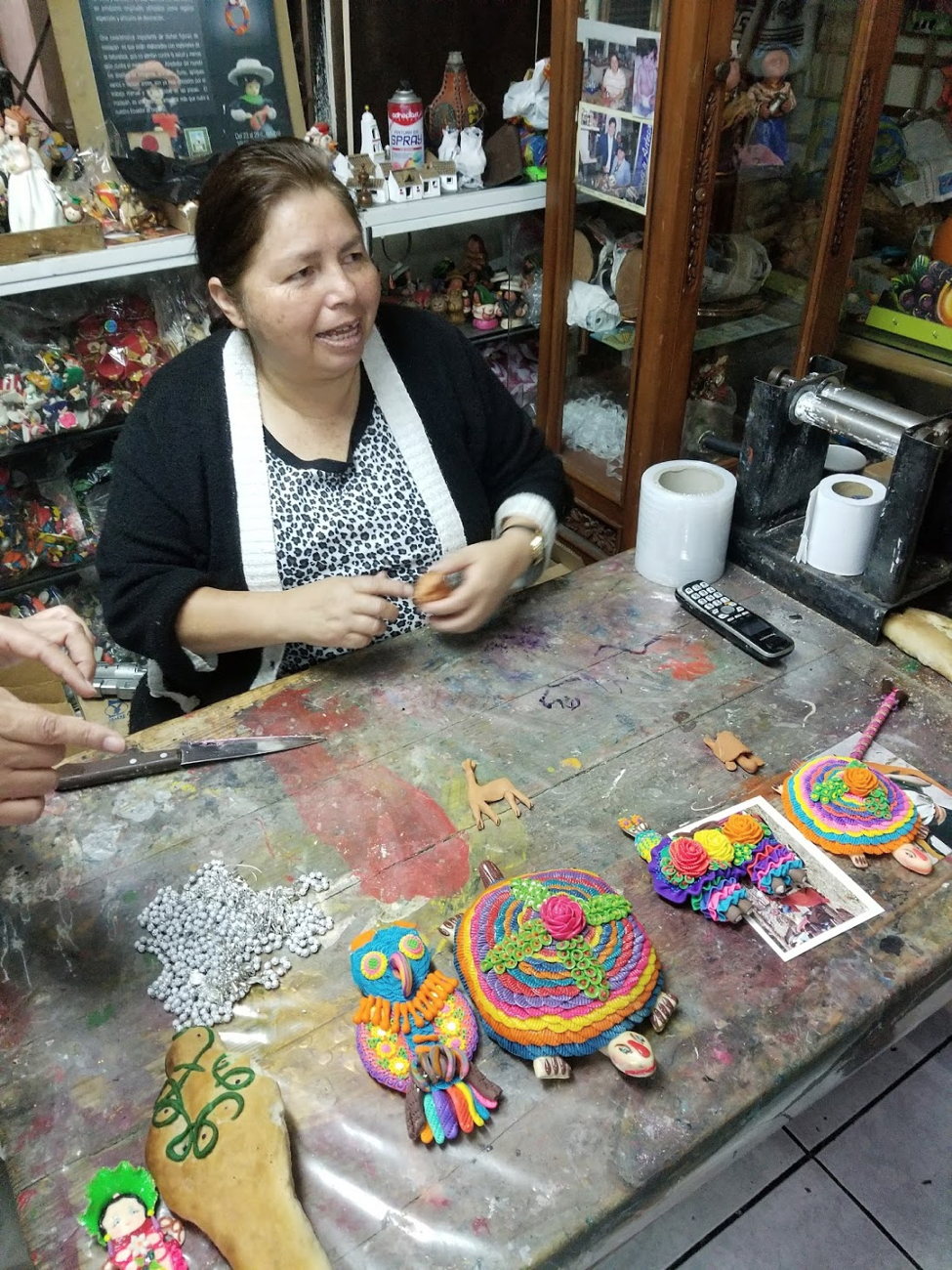
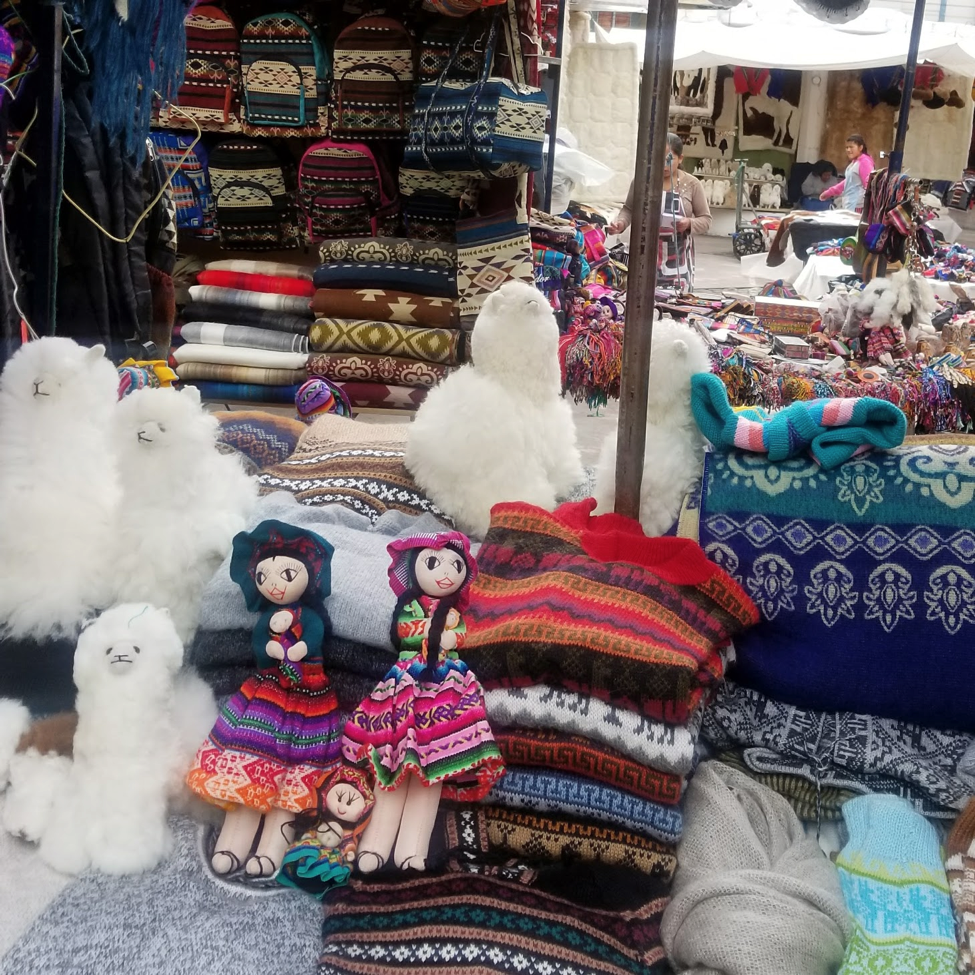
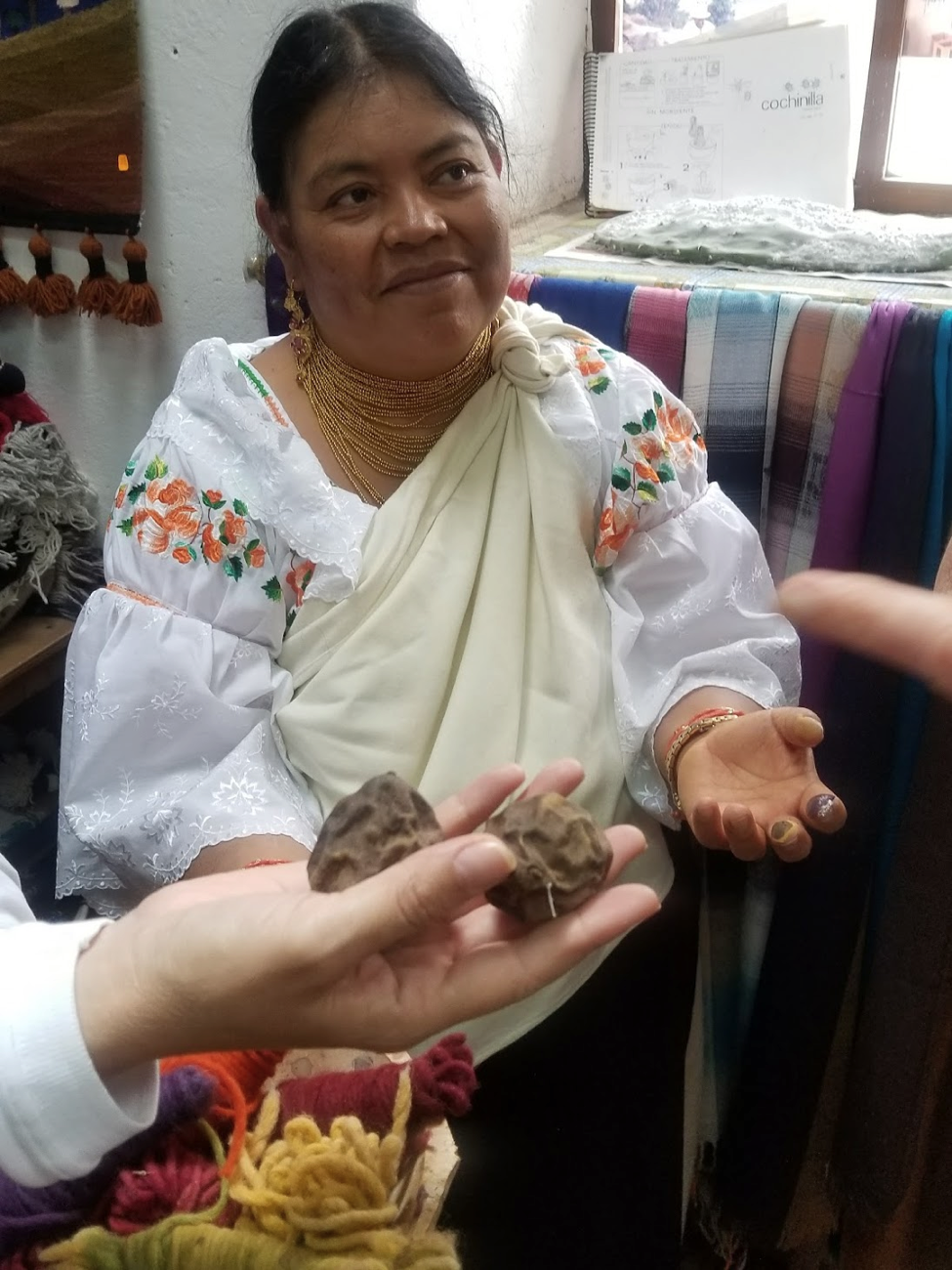
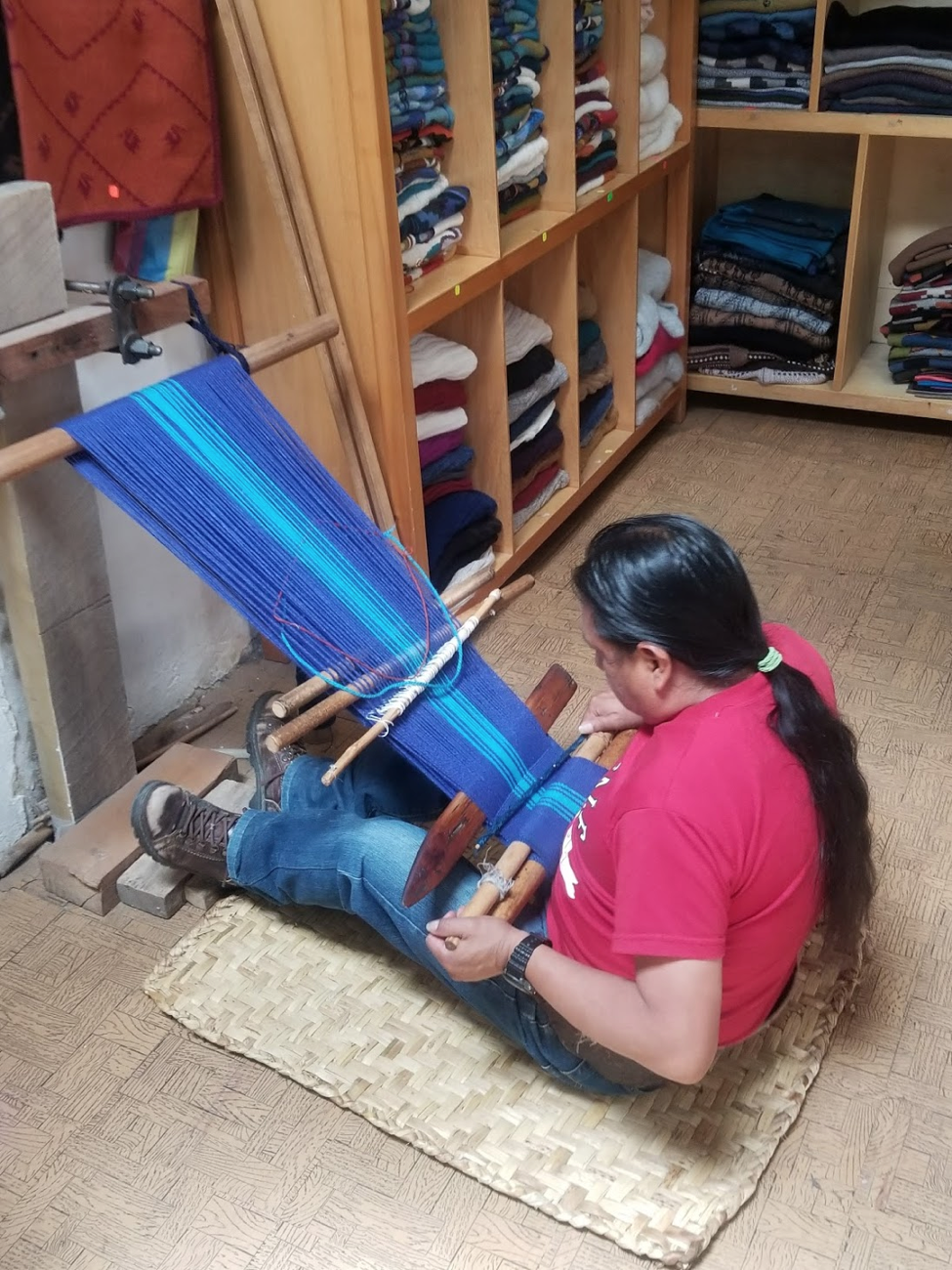
Overnight Trip from Quito -
For nature lovers, the rain- and cloud-forests that surround Quito harbor hundreds of species of birds, amphibians and mammals. 3.5 hours from downtown Quito is the Mashpi Lodge, one of the most spectacular and unique eco-resorts in the world. Designed and built to combine natural exploration with luxurious dining and accommodations, each room features panoramic window views of the surrounding forest reserve.
The Mashpi Lodge works with local guides to craft nature walks designed to show you every aspect of the rainforest’s ecosystem. To bring visitors into the upper levels of the canopy, the lodge created a system of cable cars that move between the treetops where eagles, condors and songbirds make their home.
Embedded deep within the forest, the lodge isn’t easy to reach, so it’s best to spend at least two nights here to enjoy the full experience.
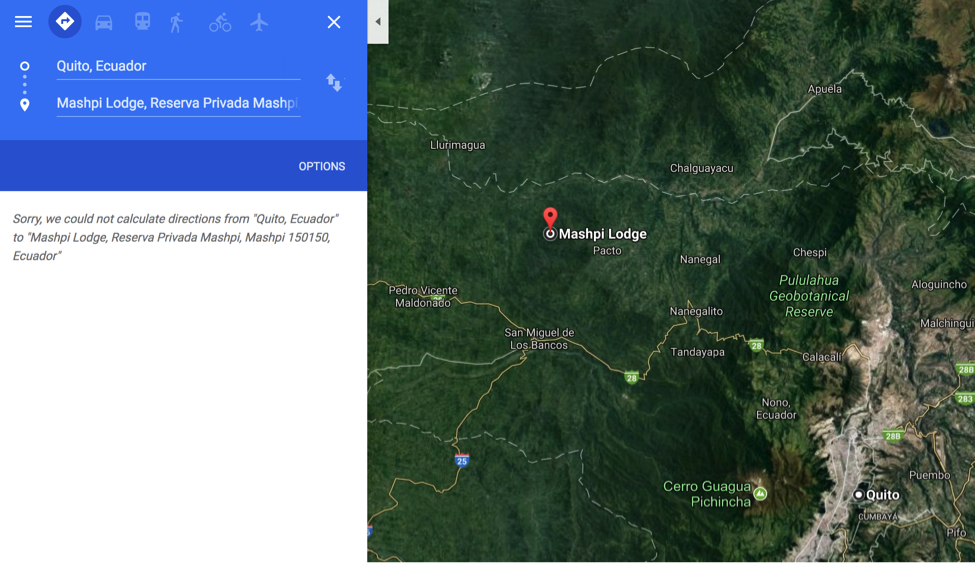



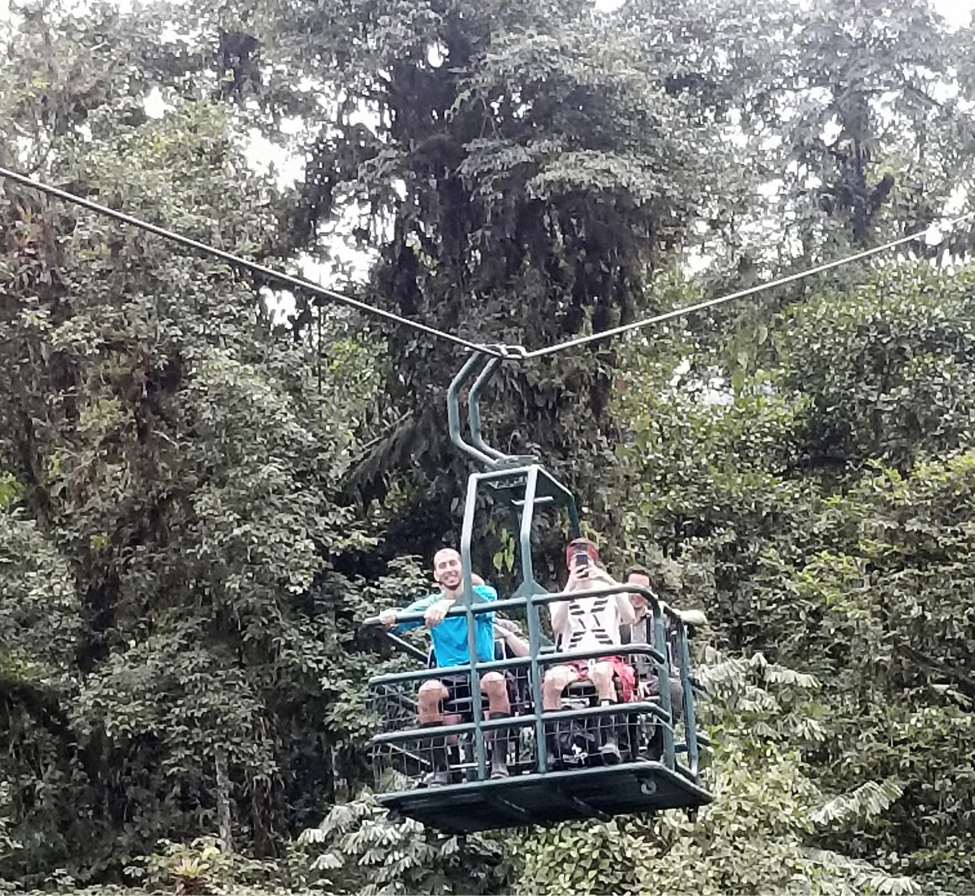
Ecuador Basics
Quito’s international airport is easily accessible with direct flights from multiple major US hubs including New York City, Atlanta, Miami, Houston and Dallas. Connecting service is also available through Mexico City and Panama City. Flight time is six hours from NYC.
Ecuador uses the US Dollar as its currency, so you will not have to exchange money. Citizens of most countries don’t need visas for stays of less than 90 days.
Spanish is the primary spoken language. English is widely spoken only at tourist venues. Approximately 5% of Ecuadorians speak primarily in an indigenous language.
Gay marriage has been legal in Ecuador since 2008 and Quito features a vibrant Zona Rosa (lit “pink area,” the Latin-American term for a gay-friendly neighborhood). However, LGBTQ couples should be wary of visibly showing affection, especially in more conservative and rural areas.
Although seafood and meat are popular in Ecuadorian cooking, vegetarians should easily be able to find meals based on rice, avocados, potatoes, yuca and a tremendous variety of fresh fruits and melons.
Quito’s Old City is generally safe, especially during the day, but take normal precautions. When hiking in the rainforest, it’s best to go with a guide as it’s very easy to get lost.